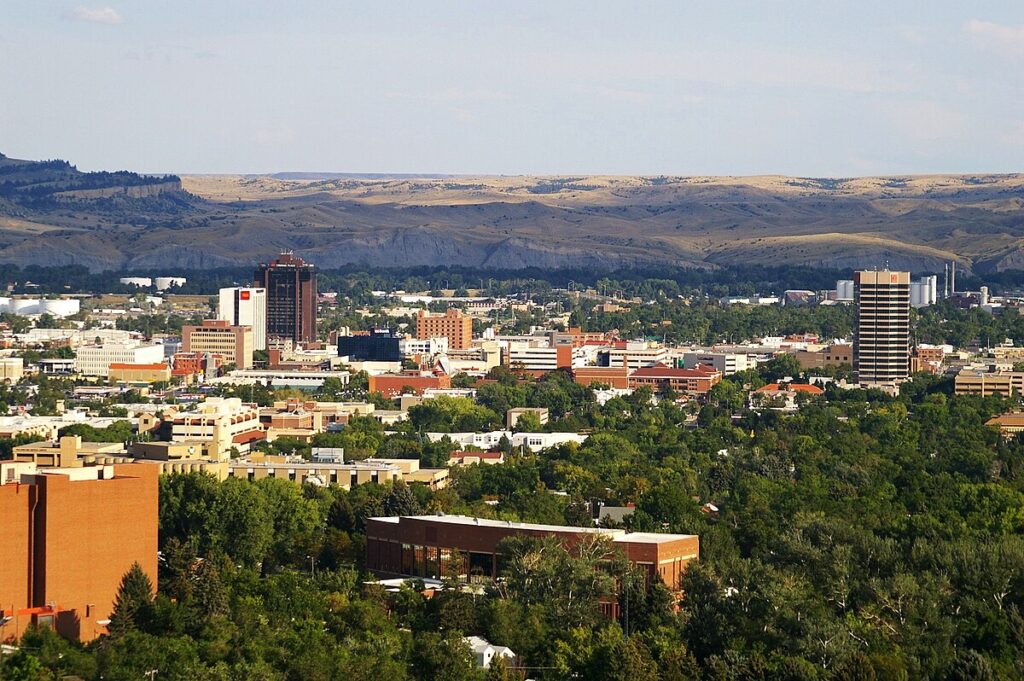
Moving to Billings, Montana: A Comprehensive Relocation Guide
Considering moving to Billings, Montana? As the state’s largest city, Billings blends economic opportunity, family living, and access to Big Sky Country. Here’s your 2025 relocation guide.
Demographic Profile to Consider If Moving to Billings:
Billings has a 2025 population of about 120,000 residents, making it Montana’s commercial and healthcare hub. The city attracts professionals, families, and retirees who value stability, open space, and the Montana lifestyle. Find trusted local services for moving, living, and working in Billings.Billings Relocation Directory
Cost of Living to Consider If Moving to Billings:
The cost of living is moderate by national standards. Median home prices are around $390,000, while average rent ranges $1,300–$1,900. Property taxes remain low, and energy costs are reasonable given the region’s climate.
Economy and Job Market:
Billings’ economy is diverse, anchored by healthcare, energy, retail, and finance. Major employers include Billings Clinic, ExxonMobil Refinery, and the public school system. The city’s stable economy makes it one of Montana’s strongest job markets.
Education:
Billings Public Schools serve over 16,000 students and offer specialized academic programs. Higher education is led by Montana State University Billings and Rocky Mountain College.
Recreation and Lifestyle:
Residents enjoy outdoor activities from hiking the Rimrocks to fishing in the Yellowstone River. Cultural amenities include the Alberta Bair Theater, Yellowstone Art Museum, and a vibrant dining scene.
Healthcare and Services:
Billings Clinic and St. Vincent Healthcare provide top-tier medical care for the region, attracting patients from across Montana and Wyoming.
Transportation:
Interstate 90 and Billings Logan International Airport make regional and national travel easy. Local transit and walkable districts enhance mobility.
Conclusion:
Moving to Billings in 2025 offers economic strength, outdoor adventure, and comfortable living in Montana’s gateway city.

